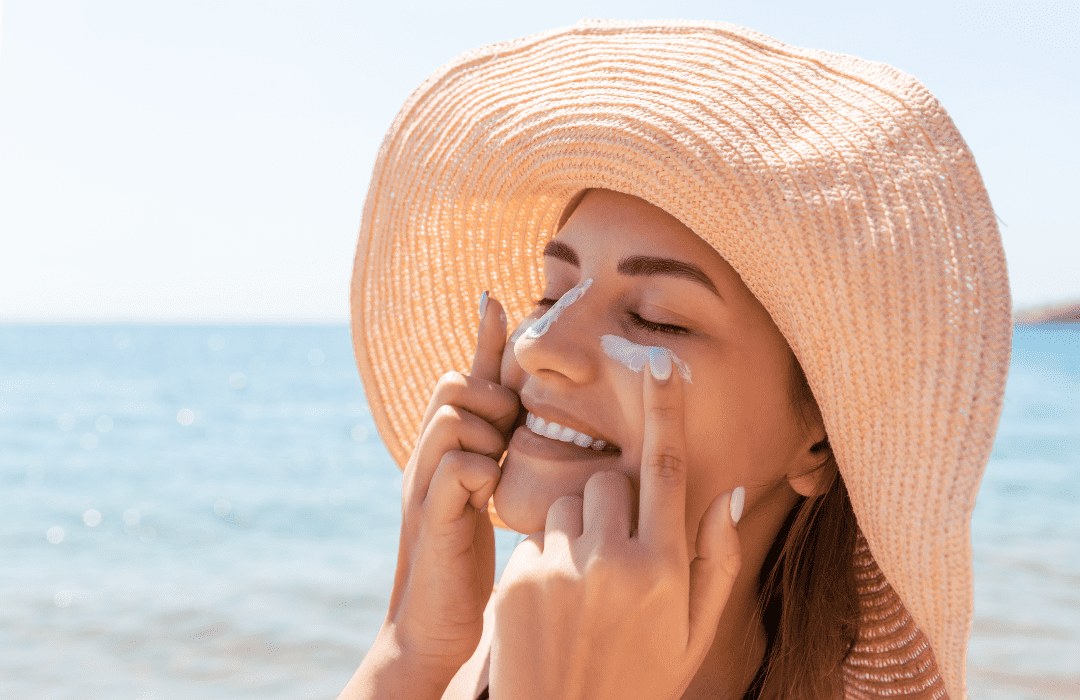



What’s in Your Sunscreen? A Guide to Ingredients to Look For—and Avoid
21st May 2025


With the support of Dr. Richie Chan, Alea shares key infos on sunscreens for your beach days. As awareness around skincare grows, so does concern over what’s actually in our products—especially sunscreens. While the goal of sunscreen is to protect your skin from harmful UV radiation, not all formulas are created equal. Understanding the ingredients in your sunscreen can help you make healthier choices for your body and the environment. Alea shares key infos for your beach days.
Ingredients to Avoid in Sunscreens
Several chemical compounds commonly found in sunscreens have raised health and environmental concerns:
Oxybenzone (Benzophenone-3): This chemical is known for its ability to absorb UV rays but has been associated with hormone disruption. Studies have detected oxybenzone in human urine and breast milk, indicating systemic absorption. Additionally, it has been linked to lower testosterone levels in adolescent boys.
Octinoxate (Octyl Methoxycinnamate): Widely used for UVB protection, octinoxate exhibits estrogen-like activity and may affect thyroid function. It is readily absorbed into the body and has been detected in human breast milk.
Octocrylene: This ingredient can degrade into benzophenone, a potential carcinogen. It has been found to bioaccumulate in aquatic environments, posing risks to marine life.
Homosalate: Commonly used for its UVB-absorbing properties, homosalate has been shown to penetrate the skin and may disrupt hormone function.
Parabens: Used as preservatives, parabens can mimic estrogen and have been linked to hormonal imbalances. Retinyl Palmitate (Vitamin A Palmitate): This antioxidant may speed up the development of skin tumors and lesions when applied to the skin in the presence of sunlight.
Safer Alternatives: Mineral Sunscreens
Mineral sunscreens, containing zinc oxide and titanium dioxide, are generally recognized as safer options:
Zinc Oxide: Offers broad-spectrum protection against UVA and UVB rays. It is photostable and less likely to cause skin irritation, making it suitable for sensitive skin.
Titanium Dioxide: Effective at blocking UVB and short-wave UVA rays. When used in nanoparticle form, it provides protection without leaving a white cast on the skin.
These mineral ingredients sit on the skin's surface and physically block UV radiation, reducing the risk of systemic absorption and associated side effects.
Regulatory Differences: U.S. vs. European Union
The regulatory frameworks governing sunscreen ingredients differ notably between the U.S. and the EU:
United States: The Food and Drug Administration (FDA) classifies sunscreens as over-the-counter drugs, subjecting them to rigorous evaluation. Currently, the FDA has approved 16 active ingredients for use in sunscreens. Only two of them, zinc oxide and titanium dioxide, are classified as GRASE (generally recognized as safe and effective).
European Union: Sunscreens are regulated as cosmetics, allowing for a more extensive palette of 27 approved UV filters. This flexibility enables European manufacturers to incorporate newer, potentially more effective ingredients into their formulations.
These regulatory disparities mean that certain advanced UV filters available in European sunscreens may not be present in U.S. products, potentially impacting their efficacy and user experience.
Making Safer, Smarter Choices
Choosing the right sunscreen means balancing protection, skin sensitivity, and your values—whether they’re health-focused, eco-conscious, or both. Reading the label, choosing mineral options, and staying informed about ingredients is a great place to start.
Looking for life or health insurance for yourself, your family or your team?
Do you already have an insurance policy? You could find a better plan!
Alea brings you choice, unbiased advice and outstanding service, with access to 100+ options from 25+ insurance companies. If you already have an insurance policy, switching insurance policies with Alea doesn’t cost you a thing.
Get free quotes with us today.
An advisor will be in touch to answer all your questions!
This article was independently written by Alea and is not sponsored. It is informative only and not intended to be a substitute for professional advice and should never be relied upon for specific advice.

